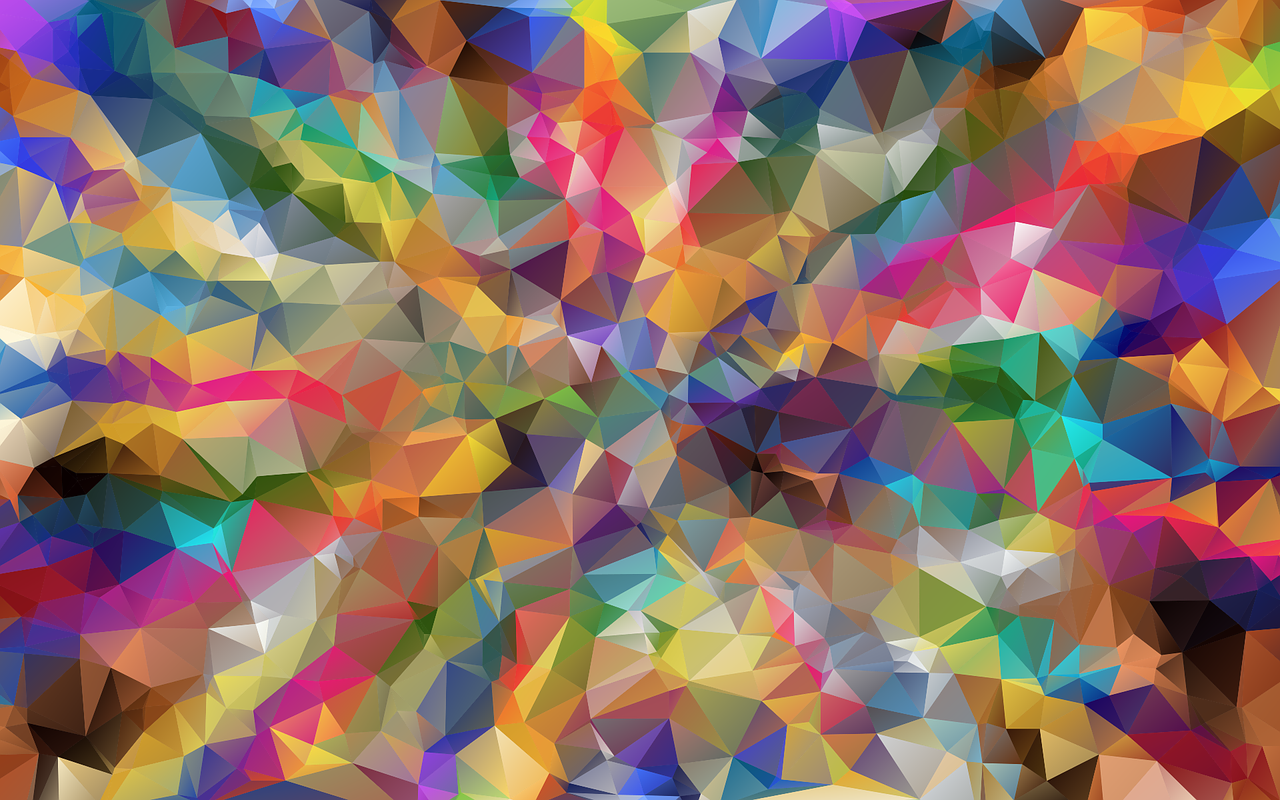Islamic Calligraphy: Artistic Expression of Faith

Before diving in, please note: This post is for informational purposes only. If you’d like to know more about how we approach topics, feel free to check out our friendly Disclaimer Page.
Hey there, amazing readers! 🖐️ Just a quick note: yes, we know there are a lot of ads here. Trust us, we get it—it’s not the prettiest look, but they help us keep this blog alive and kicking. Those pesky little ads cover the costs of all the behind-the-scenes magic, from hosting and tech stuff to creating content we hope you’ll love.
We’re committed to delivering quality posts, and your support (even just sticking around despite the ads) means everything to us. So, bear with us, and thanks for helping us keep the good vibes rolling. Now, on to the fun stuff! 😉
TRANSLATE BUTTON AT THE END OF THE ARTICLE
Introduction to Islamic Calligraphy
Islamic Calligraphy is a distinctive art form within Islamic culture that beautifully combines faith, art, and language.
This artistic expression is highly revered in the Islamic world, serving as a visual representation of the divine word of Allah.
Through intricate designs and elaborate scripts, Islamic Calligraphy holds deep spiritual and aesthetic significance.
It is a form of art that transcends mere writing, embodying the essence of devotion and creativity.
History and Evolution of Islamic Calligraphy
The history of Islamic Calligraphy dates back to the early days of Islam, with the advent of the Quranic revelations to Prophet Muhammad.
The written word became a central focus in Islamic culture, leading to the development of elaborate calligraphic styles.
Over the centuries, Islamic Calligraphy evolved into a sophisticated art form, with each region and era contributing to its rich tapestry of styles and techniques.
From the Abbasid caliphate to the Ottoman Empire, Islamic Calligraphy flourished and became intertwined with Islamic architecture, manuscripts, and decorative arts.
Characteristics of Islamic Calligraphy
Islamic Calligraphy is characterized by its meticulous attention to detail, flowing lines, and intricate patterns.
The scripts used in Islamic Calligraphy are highly stylized, with each stroke carefully executed to create harmonious compositions.
The art form emphasizes symmetry, balance, and rhythm, reflecting the order and beauty inherent in Islamic beliefs.
Additionally, Islamic Calligraphy often incorporates geometric motifs and floral designs, further enhancing its visual appeal.
Importance of Calligraphy in Islamic Art
Calligraphy holds a prominent place in Islamic art, serving as a primary form of artistic expression.
Islamic Calligraphy is not only a means of conveying written communication but also a form of spiritual devotion and reverence.
The intricate scripts and elaborate designs in Islamic Calligraphy reflect the beauty and perfection of the Quran, the central religious text of Islam.
As such, calligraphy is deeply intertwined with Islamic architecture, manuscripts, textiles, and decorative arts, shaping the visual identity of Islamic culture.
Types of Calligraphy Scripts in Islam
Islamic Calligraphy encompasses a variety of scripts that have been developed and refined over centuries.
Some of the key calligraphic styles in Islamic art include:
Kufic: One of the oldest forms of Islamic Calligraphy, known for its angular and geometric shapes.
Naskh: A cursive script that is highly legible and commonly used for copying the Quran.
Thuluth: A script characterized by its elongated vertical lines and flowing curves, often used for decorative inscriptions.
Diwani: A script known for its fluidity and complexity, often used for official documents and royal decrees.
Each calligraphic style has its unique characteristics and is used for different purposes within Islamic art and culture.
Techniques and Tools Used in Islamic Calligraphy
Islamic Calligraphy requires a set of specialized tools and techniques to create intricate and detailed designs.
Calligraphers use a reed pen or qalam to write, along with ink made from natural materials such as soot or plant extracts.
The paper used for calligraphy is often of high quality and carefully chosen to absorb the ink without bleeding.
Calligraphers also utilize rulers, compasses, and other tools to create precise lines and geometric shapes.
The art of Islamic Calligraphy is a meticulous process that demands patience, skill, and a deep understanding of the calligraphic tradition.
Symbolism and Meaning in Islamic Calligraphy
Islamic Calligraphy is imbued with symbolism and meaning, reflecting the spiritual and aesthetic ideals of Islam.
The flowing lines and intricate patterns in calligraphic designs symbolize the infinite nature of Allah’s creation and the interconnectedness of all things.
The repetition of certain phrases or verses from the Quran in calligraphy serves as a reminder of the divine presence in everyday life.
Each calligraphic composition is rich with symbolism, inviting viewers to contemplate the beauty and complexity of the written word.
Influential Islamic Calligraphers
Throughout history, there have been many influential Islamic calligraphers whose works have left a lasting impact on the art form.
Some of the most renowned calligraphers include:
Ibn Muqla: A Persian calligrapher credited with standardizing the six scripts of Islamic Calligraphy.
Yaqut al-Musta’simi: An Abbasid calligrapher known for his mastery of the Thuluth script.
Mir Ali Tabrizi: A Safavid calligrapher who excelled in the Nastaliq script, influencing generations of calligraphers in Persia and beyond.
These calligraphers and many others have contributed to the development and refinement of Islamic Calligraphy, shaping its evolution over the centuries.
Modern Applications of Islamic Calligraphy
In the contemporary world, Islamic Calligraphy continues to thrive as a vibrant art form that bridges tradition and innovation.
Modern calligraphers are exploring new ways to interpret and present calligraphy, incorporating digital technology, mixed media, and experimental techniques into their work.
Islamic Calligraphy is also being used in contemporary design, fashion, and branding, blending the aesthetic beauty of calligraphy with modern sensibilities.
Through exhibitions, workshops, and social media, Islamic Calligraphy is reaching a global audience, engaging people from diverse backgrounds in the beauty of Islamic art.
Cultural Significance of Islamic Calligraphy
Islamic Calligraphy holds immense cultural significance in the Islamic world, serving as a visual representation of Islamic beliefs and values.
Calligraphy is deeply embedded in Islamic architecture, manuscripts, textiles, and decorative arts, shaping the visual landscape of Islamic culture.
The intricate designs and elaborate scripts in Islamic Calligraphy reflect the devotion, creativity, and craftsmanship of calligraphers throughout history.
Calligraphy is not only a form of artistic expression but also a means of connecting with the divine and expressing reverence for the written word of Allah.
Challenges and Preservation of Islamic Calligraphy
Despite its enduring legacy, Islamic Calligraphy faces challenges in the modern world, including issues of preservation, conservation, and authenticity.
Many historical calligraphic works are at risk of deterioration due to environmental factors, war, and neglect.
Efforts are being made to digitize and archive calligraphic manuscripts to ensure their long-term preservation.
Additionally, there is a need for greater awareness and appreciation of Islamic Calligraphy as a cultural treasure that deserves protection and recognition.
By safeguarding and promoting Islamic Calligraphy, future generations can continue to appreciate and learn from this rich artistic tradition.
Appreciating Islamic Calligraphy as an Art Form
In conclusion, Islamic Calligraphy is a captivating art form that embodies the spirit of faith, creativity, and beauty within Islamic culture.
Through intricate designs, elaborate scripts, and profound symbolism, Islamic Calligraphy serves as a visual representation of the divine word of Allah.
The history, techniques, and significance of Islamic Calligraphy reveal a deep-rooted tradition that continues to inspire and enchant audiences around the world.
By appreciating Islamic Calligraphy as an art form, we gain a deeper understanding of the cultural richness and artistic achievements of the Islamic world.
Let us continue to celebrate and preserve this timeless art form for future generations to enjoy and cherish.

The Enlightenment Journey is a remarkable collection of writings authored by a distinguished group of experts in the fields of spirituality, new age, and esoteric knowledge.
This anthology features a diverse assembly of well-experienced authors who bring their profound insights and credible perspectives to the forefront.
Each contributor possesses a wealth of knowledge and wisdom, making them authorities in their respective domains.
Together, they offer readers a transformative journey into the realms of spiritual growth, self-discovery, and esoteric enlightenment.
The Enlightenment Journey is a testament to the collective expertise of these luminaries, providing readers with a rich tapestry of ideas and information to illuminate their spiritual path.
Our Diverse Expertise 🌟
While our primary focus is on spirituality and esotericism, we are equally passionate about exploring a wide range of other topics and niches 🌍📚. Our experienced team is dedicated to delivering high-quality, informative content across various subjects ✨.
To ensure we provide the most accurate and valuable insights, we collaborate with trusted experts in their respective domains 🧑🏫👩🏫. This allows us to offer well-rounded perspectives and knowledge to our readers.
Our blog originally focused on spirituality and metaphysics, but we’ve since expanded to cover a wide range of niches. Don’t worry—we continue to publish a lot of articles on spirituality! Frequently visit our blog to explore our diverse content and stay tuned for more insightful reads.





